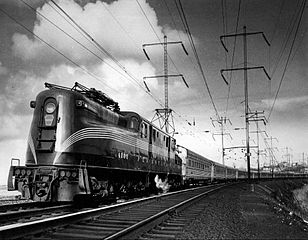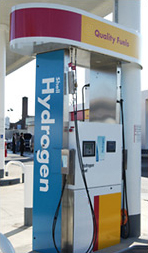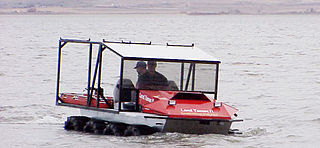High-speed trains have been part of the landscape, a fixture, if you will, since 1934, with Pennsylvania Railroad’s (PRR) model GG1 electric locomotive whose top speed was 100 miles per hour and for a non-electric, Union Pacific’s M-10001 diesel-electric trainset, its maximum velocity, a reputed 120 mph.

Certainly not to be overlooked were the many trials that were conducted around the world at various times to achieve better than 100 mph speeds.
Today, for non-rail-based train operations – we’re talking using magnetic levitation propulsion technology – maximum speeds are right around triple what they were in the early-to-mid 1930s. Three-hundred-plus mph operation isn’t fast enough, that is, where ground-based transportation systems are concerned, apparently.
Now, cars, that’s another story entirely. As a matter of fact, in 1925 Peter DePaolo was the very first at the Indianapolis 500 to break the 100 mph speed threshold his average racing speed that year was 101.13 mph. Speeds since that time have only gone up.
But it isn’t the fastest speeds we’re concerned about here necessarily. It is as much about practicality, accessibility, comfort, safety, reliability, environmental friendliness and economics as it is about how fast one can go. Speed only tells one part of what one needs to or should know.
So, staying with cars, these autonomous vehicle prospects appear, right now, to be all the rage. While true high-speed rail has been in existence for decades now (Japan had the first and opened for service on Oct. 1, 1964), the concept of self-operating motor vehicles (I hesitate to use the term “self-driving”) is still in its infancy. And it could be that universal acceptance and operation of such is still decades away at best and never, at worst, my opinion of course, though, some folks, are much more optimistic.
Okay, so I gotta ask: Why the need for autonomous vehicles or AVs? Many would point to safety as the biggest driver (not the best choice of words here, I know). Other reasons behind the desire or need for is accessibility or flexibility – in other words, who will be able to use such: motorists and non-motorists alike, the presumption here being the elderly, children, the infirm. And then there is the matter of traffic congestion. I’m aware of both sides of the argument – the pros and cons.
On the one hand, an autonomous vehicle platform, because, again presumably, cars will be able to be spaced closer together when in operation on roadways, this will theoretically reduce the potential for “bunching” or congestion while at the same time ensuring safety. That’s the idea, anyway. Then again, more vehicle miles traveled could result and by virtue of this, it could mean even more congested roads – not less.

High-speed rail systems, on the other hand, are already a proven mobility platform. What these systems are really excellent at doing is connecting cities with extremely fast trains, typically covering distances that say a regional air carrier might cover – 100 to 500 or 600 miles. Those that (or will operate) using 100 percent renewable energy, meet (or will meet) the mobility needs of many a traveler without discharging pollutants, save for the possible pollution introduced into the atmosphere from electric motor operation and braking action. And, because these trains travel at high speeds, riders can get to destinations faster than what is currently the case with car travel. Someday, speed limits allowed for passenger motor cars might substantially increase, but that day is not yet here.
So, as we contemplate the future of land-based transport and travel with a mechanical assist, if you will, what will it be: high-speed trains plus autonomous vehicles (electric or otherwise), HSTs and no AEVs, etc., or something else entirely?
We’ll just have to wait and see.
Images: Association of American Railroads (upper); Patrick Miller (lower)
– Alan Kandel
